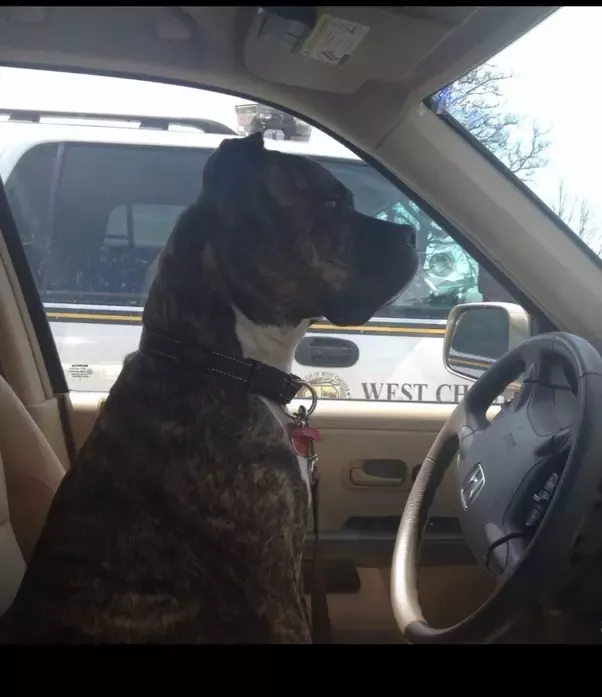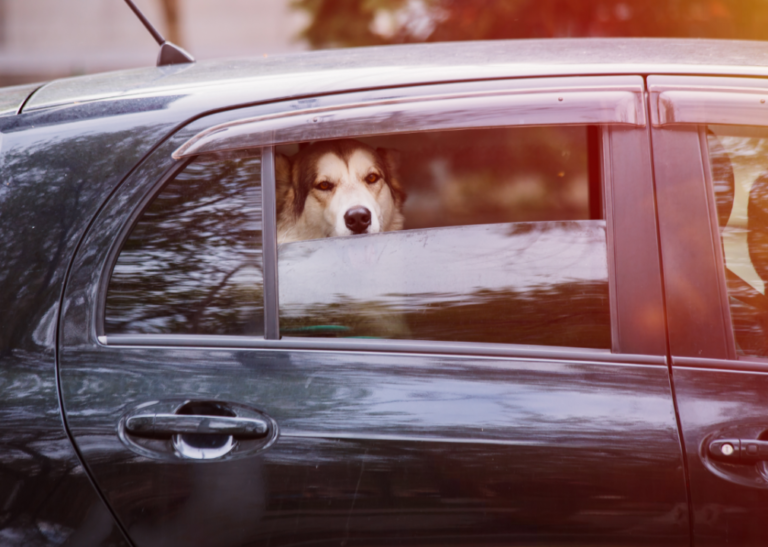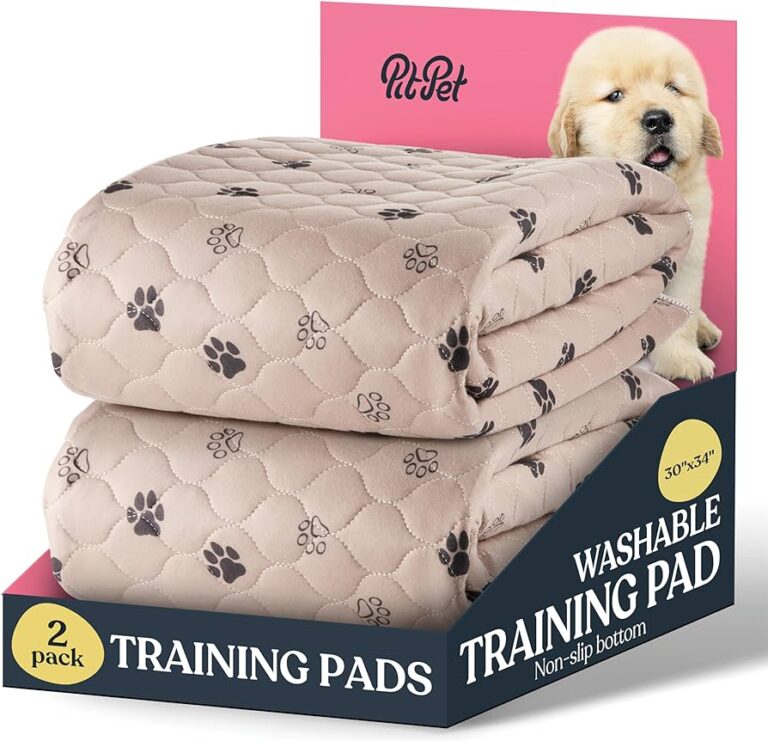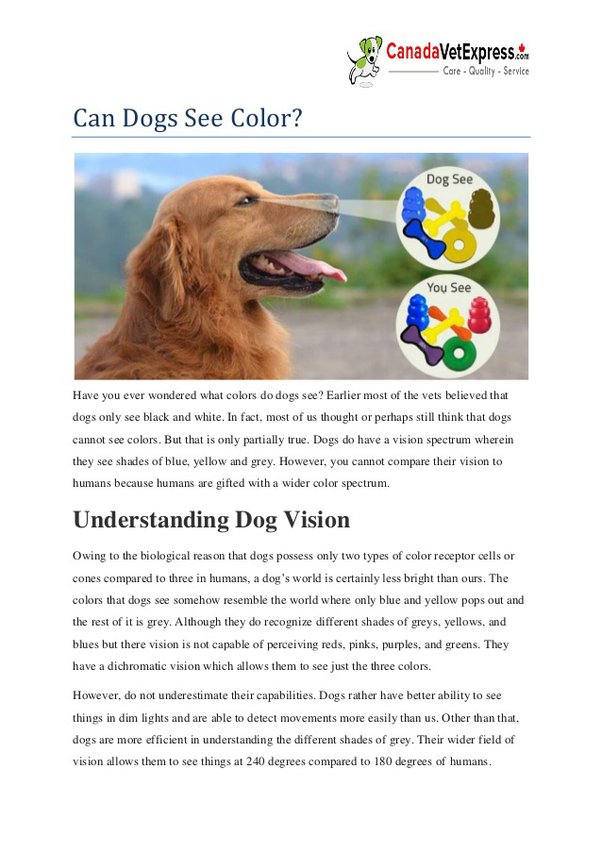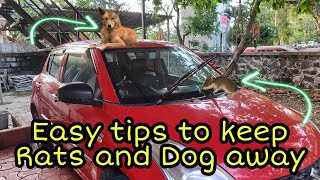What is the Safest Option for Dogs in Cars? Unveiled
The safest option for dogs in cars is a secured crate or a harness seat belt. Ensuring your dog’s safety during car rides is crucial for their well-being and your peace of mind.
Traveling in a crate or secured with a harness seat belt can prevent distractions and keep your furry friend safe in case of sudden stops or accidents. It’s important to prioritize your dog’s safety and comfort while traveling, and using a secure restraint system is the best way to do so.
Let’s explore the benefits of these options and why they are recommended by experts for keeping your dog safe during car journeys.
Introduction To Canine Car Safety
Ensuring the safety of our furry friends during car rides is a top priority for any responsible dog owner. Dogs are often considered part of the family, and just as we buckle up to protect ourselves, it’s important to take precautions to protect our canine companions as well. In this article, we will explore the safest options for dogs in cars and shed light on the importance of canine car safety.
Why It Matters
Understanding why canine car safety matters is crucial for every dog owner. Just as humans can sustain injuries in car accidents, dogs are also vulnerable to harm if proper safety measures are not in place. By implementing effective safety practices, we can significantly reduce the risk of injuries or even fatalities for our beloved pets.
Common Risks On The Road
There are several common risks that dogs face while traveling in cars. It’s important to be aware of these risks to better understand the need for safety measures. Some of the common risks include:
- Unrestrained movement: Dogs may move freely within the car, which can lead to distractions for the driver and potential injuries for the dog.
- Airbag deployment: In the event of an accident, airbags can deploy with considerable force, posing a serious risk to unrestrained dogs.
- Sudden stops or collisions: Dogs can be thrown around the car in sudden stops or collisions, potentially causing injuries to themselves or other passengers.
- Escape attempts: Unsecured dogs may attempt to escape through open windows or doors, putting themselves at risk of being hit by other vehicles or getting lost.
- Heat exhaustion: Leaving dogs unattended in a parked car, even for a short period, can lead to heat exhaustion or heatstroke, which can be fatal.
By understanding these common risks, we can take proactive steps to ensure the safety of our dogs during car rides. It’s essential to explore the safest options available and implement them to protect our furry friends on the road.
Harnesses Vs. Carriers
When it comes to traveling with your furry friend, safety should always be a top priority. Two popular options for securing dogs in cars are harnesses and carriers. Each has its own set of pros and cons, so let’s delve into the details to help you make an informed decision.
Pros And Cons Of Harnesses
Harnesses are a popular choice for dog owners who want to keep their pets secure and comfortable during car rides. Let’s take a closer look at the advantages and disadvantages of using a harness for your dog in a vehicle.
Pros And Cons Of Carriers
Carriers offer a secure and confined space for your dog, providing a sense of safety and comfort during car journeys. Let’s explore the pros and cons of using a carrier to transport your furry companion.
Crash-tested Safety Gear
Discover the safest option for dogs in cars with crash-tested safety gear. Ensure your furry companion’s protection during travel.
Evaluating Safety Standards
When it comes to taking your furry friend on a car ride, safety should always be your top priority. While there are plenty of options available in the market, not all of them are created equal. Therefore, it is important to evaluate the safety standards of the products before buying them. Look for products that have been crash-tested and approved by independent safety organizations such as the Center for Pet Safety (CPS) or the National Highway Traffic Safety Administration (NHTSA).Top Rated Products
There are several crash-tested safety gear products available in the market that can provide utmost safety and comfort to your pooch. Here are some of the top-rated products that you can consider:| Product Name | Features | Price |
|---|---|---|
| Sleepypod Clickit Utility | – Crash-tested – Three-point design – Made of ballistic nylon – Suitable for dogs up to 90 pounds |
$89.99 – $189.99 |
| Ruffwear Load Up | – Crash-tested – Two-point design – Made of ballistic nylon – Suitable for dogs up to 75 pounds |
$79.95 |
| Kurgo Tru-Fit Smart Harness | – Crash-tested – Five-point design – Made of sturdy nylon – Suitable for dogs up to 110 pounds |
$19.99 – $29.99 |

Credit: www.amazon.com
Barriers And Booster Seats
When it comes to traveling with our furry friends, ensuring their safety is of utmost importance. Just as we buckle up ourselves in cars, it is essential to secure our dogs as well. In this blog post, we will explore the safest options for dogs in cars, focusing on barriers and booster seats. Let’s dive in!
Types Of Barriers
Barriers are an excellent choice for larger dogs or dogs that tend to be more active during car rides. They provide a physical separation between the dog and the rest of the vehicle, keeping them in a designated area. Here are some common types of barriers:
- Mesh Barriers: These barriers are made of durable mesh material and are attached to the back of the rear seats or the front seats. They create a barrier without completely blocking the dog’s view.
- Wire Barriers: Wire barriers are sturdy and provide a stronger barrier compared to mesh ones. They are typically installed between the cargo area and the rear seats, preventing the dog from accessing the front of the vehicle.
- Headrest Barriers: These barriers attach to the front seat headrests and create a barrier between the front and back seats. They are adjustable and easy to install.
Booster Seats For Small Dogs
For small dogs, booster seats provide a secure and comfortable way to travel in cars. These seats elevate the dog, allowing them to have a better view and preventing them from roaming around the vehicle. Here are some key features of booster seats for small dogs:
- Size and Weight Limit: Booster seats come in various sizes and have weight limits. It is essential to choose a seat that is suitable for your dog’s size and weight.
- Securing Mechanism: Most booster seats have adjustable straps that can be attached to the car seat, ensuring stability and preventing the seat from moving during the journey.
- Comfort and Safety: Look for booster seats with soft padding and safety tethers that can be attached to your dog’s harness, providing them with a secure and cozy spot.
Remember, regardless of the option you choose, it is crucial to introduce your dog to the barrier or booster seat gradually. Allow them to get accustomed to it before embarking on longer journeys. By prioritizing your dog’s safety, you can enjoy a worry-free and enjoyable ride together!
Training Dogs For Car Travel
Getting your dog comfortable with car rides is essential for their safety and well-being. Start by taking short trips to positive destinations.
- Familiarize: Allow your dog to explore the stationary car to reduce anxiety.
- Gradual Exposure: Increase drive durations slowly to build comfort.
- Secure: Use a harness or carrier to keep your dog safe and prevent distractions.
- Avoid: Don’t feed your dog right before a ride to prevent motion sickness.
- Positive Reinforcement: Reward calm behavior with treats to associate car rides with positivity.
Legal Requirements And Recommendations
Ensuring the safety of dogs in cars is a legal requirement in many jurisdictions. It is recommended to use safety restraints, such as crates or harnesses, to protect dogs from injury during travel. Taking these precautions is the safest option for dogs in cars.
Legal Requirements and Recommendations: When it comes to traveling with our furry friends, it’s important to prioritize their safety just as we would our own. That’s why understanding the legal requirements and recommendations for restraining dogs in cars is crucial. Not only can it prevent accidents and injuries, but it can also protect you from potential legal and insurance issues. State Laws on Dog Restraints: Each state has its own laws regarding restraining dogs in cars, so it’s important to research the specific requirements for your area. Some states may require dogs to be secured in a crate or carrier, while others may allow them to be restrained with a harness or seat belt. Failing to comply with these laws can result in fines or even criminal charges in some cases. Insurance Implications: In addition to legal consequences, there may also be insurance implications to consider. If you’re involved in an accident with an unrestrained dog in your car, your insurance company may not cover damages or injuries sustained by your pet or other passengers. To avoid this, it’s recommended to invest in a quality restraint system that meets legal requirements and can protect your dog in the event of an accident. Overall, prioritizing the safety of our furry friends while traveling is not only a legal and insurance requirement, but it’s also the responsible thing to do. By researching state laws on dog restraints and investing in a quality restraint system, we can ensure our pets are protected and secure while on the road.Emergency Preparedness
When traveling with your furry friend, it’s crucial to be prepared for any unexpected emergencies. This includes having the right first aid supplies on hand and knowing what to do in the event of an accident.
First Aid Kits
It’s essential to have a well-stocked first aid kit specifically designed for pets. This should include items such as gauze, adhesive tape, antiseptic wipes, and pet-specific medications. Be sure to familiarize yourself with the contents of the kit and how to use them in case of an emergency.
What To Do In An Accident
In the event of an accident, immediately assess your dog’s condition and provide any necessary first aid. If your pet is injured, carefully move them to a safe location and contact a veterinarian right away. Ensure that your dog is secure and comfortable while awaiting medical attention.

Credit: www.amazon.com
Expert Opinions And Studies
Expert opinions and studies play a crucial role in determining the safest option for dogs in cars. As responsible pet owners, understanding the insights provided by veterinarians and recent research findings is essential for ensuring the well-being of our canine companions.
Veterinarian Advice
According to veterinarians, securing dogs in the car with a crash-tested harness or placing them in a well-ventilated crate is recommended to minimize the risk of injury during travel. Additionally, it’s important to avoid allowing dogs to stick their heads out of windows, as this can lead to potential hazards and distractions.
Recent Research Findings
Recent studies have highlighted the importance of using safety restraints for dogs in vehicles. The findings indicate that unrestrained dogs are not only at risk of injury during sudden stops or accidents but also pose a threat to the driver and passengers. Implementing safety measures for dogs in cars is crucial for protecting both human and canine passengers.
Maintaining Comfort And Safety
Ensuring your dog’s safety during car rides is crucial. The safest option is to secure them in a crate or with a harness and seatbelt attachment. This prevents them from becoming a distraction or flying forward in the event of an accident, keeping both you and your furry friend safe and comfortable.
Maintaining Comfort and Safety of your furry friend is crucial while traveling with them. Dogs love car rides, but it’s important to ensure they remain safe and comfortable throughout the journey. Below are some tips on how to maintain comfort and safety of your dog while traveling in a car.Adjusting Temperature
Keeping the temperature in check is vital for your dog’s comfort. Ensure the car’s temperature is moderate and doesn’t fluctuate too much. If it’s too hot, open the windows a little bit and turn on the air conditioner. However, if it’s too cold, turn on the heater and close the windows. If your dog is shivering or panting excessively, then it’s a clear indication that the temperature needs to be adjusted.Regular Breaks And Hydration
Regular breaks ensure that your dog gets enough time to stretch their legs, relieve themselves, and hydrate themselves. A good rule of thumb is to take a break every two hours. During the breaks, offer your dog some water to keep them hydrated. You can use a collapsible water bowl to make it easier for them to drink.Ensuring Safety
Ensure your dog is secured with a seat belt or a crate. It’s important to restrain your dog as they can become a distraction for the driver, leading to accidents. Additionally, in case of an accident, an unrestrained dog can become a projectile, causing harm to themselves and other passengers. Therefore, ensure your dog is restrained with a harness, seat belt, or a crate. In conclusion, maintaining comfort and safety for your furry friend is essential when traveling in a car. Adjusting the temperature, taking regular breaks, and ensuring safety are some of the ways to ensure your dog enjoys the ride without any discomfort. By following these tips, you can ensure a safe and comfortable journey for both you and your furry friend.
Credit: www.bismarckmotorcompany.com
Frequently Asked Questions
What Is The Safest Way To Have A Dog In The Car?
The safest way to have a dog in the car is to use a secure harness or a crate. Ensure proper ventilation and frequent breaks for long trips. Avoid letting the dog stick its head out the window. It’s important to minimize distractions and keep the dog safe.
Where Is The Safest Place For A Dog In The Car?
The safest place for a dog in the car is in the back seat secured with a dog seat belt or in a secured crate. This keeps them safe from distractions and injury during sudden stops or accidents.
What Is The Best Car Safety For Dogs?
The best car safety for dogs is a secure harness or a crash-tested crate. It’s important to keep them restrained to prevent injury. Avoid letting them roam freely in the car.
What Is The Best Way For A Dog To Travel In The Car?
The best way for a dog to travel in the car is to use a secure pet seatbelt or a well-ventilated crate. This ensures safety and prevents distractions while driving. Remember to make stops for water and bathroom breaks during long journeys.
Conclusion
Ensuring your dog’s safety in cars is crucial. Harnesses, crates, and barriers are viable options. Consider your dog’s size and comfort when choosing. Prioritize securing your furry friend during car rides for their well-being. Drive safely and keep your canine companion protected on the road.
- Can I Get in a Taxi Without a Car Seat? - January 26, 2025
- Can I Get Chlamydia From a Toilet Seat? - January 26, 2025
- Can I Get an Uber With a Car Seat? - January 26, 2025

